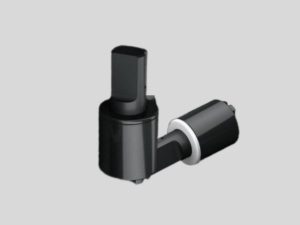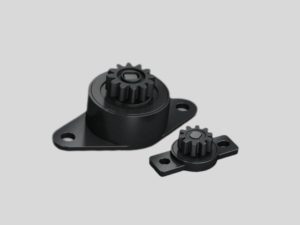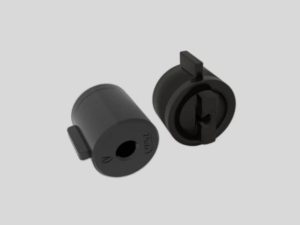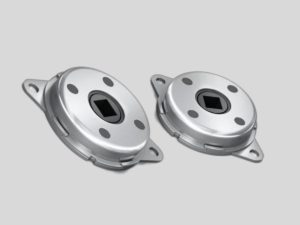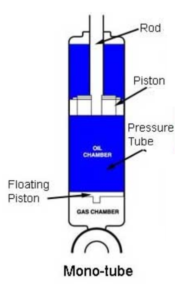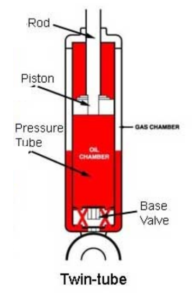Hydraulic damper is also called “slowing mechanism”.
It is used to safely control the speed of moving objects by restricting the flow of oil inside the damper.
It comprises an extensive spectrum of different dampers, such as rotation dampers, plastic/metal linear damper. The difference between a linear damper and a rotary damper is the way that the interior oil go through.
How many types of hydraulic damper are commonly used?
Following is the brief introduction:
Rotary Damper
- Vane damper: Rotary damper rotates with finite angle.
- Gear damper: Compact and thin type rotary damper rotate both directions in infinite angle.
- Barrel damper:360° rotary axial damper at one way or two way.
- Metal Disc damper: Work by utilising the principle of fluid resistance. used for more heavy duty applications
Plastic Linear Damper
- Active Return one: The piston rod return actively when the external force is removed.
- Passive Return one: Need to be given an external force so that the piston rod could return to the original position.
Metal Linear Damper
- Using hydraulic oil damping in either extension, compression, or both directions.
- Available as gassed, ungassed or emulsion dampers.
- Oil-filled or friction damping designs.
- Mono-tube, twin-tube and through damper types.
Peir specializes in providing damper solutions for industries. Supplying customer-made service for industries, for controlling motion & safety in the most critical and demanding applications.
- Covers and Machine Guards
- Mechanical machinery
- Lever arm
Reference material:


